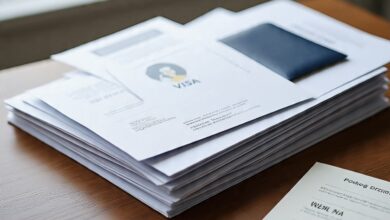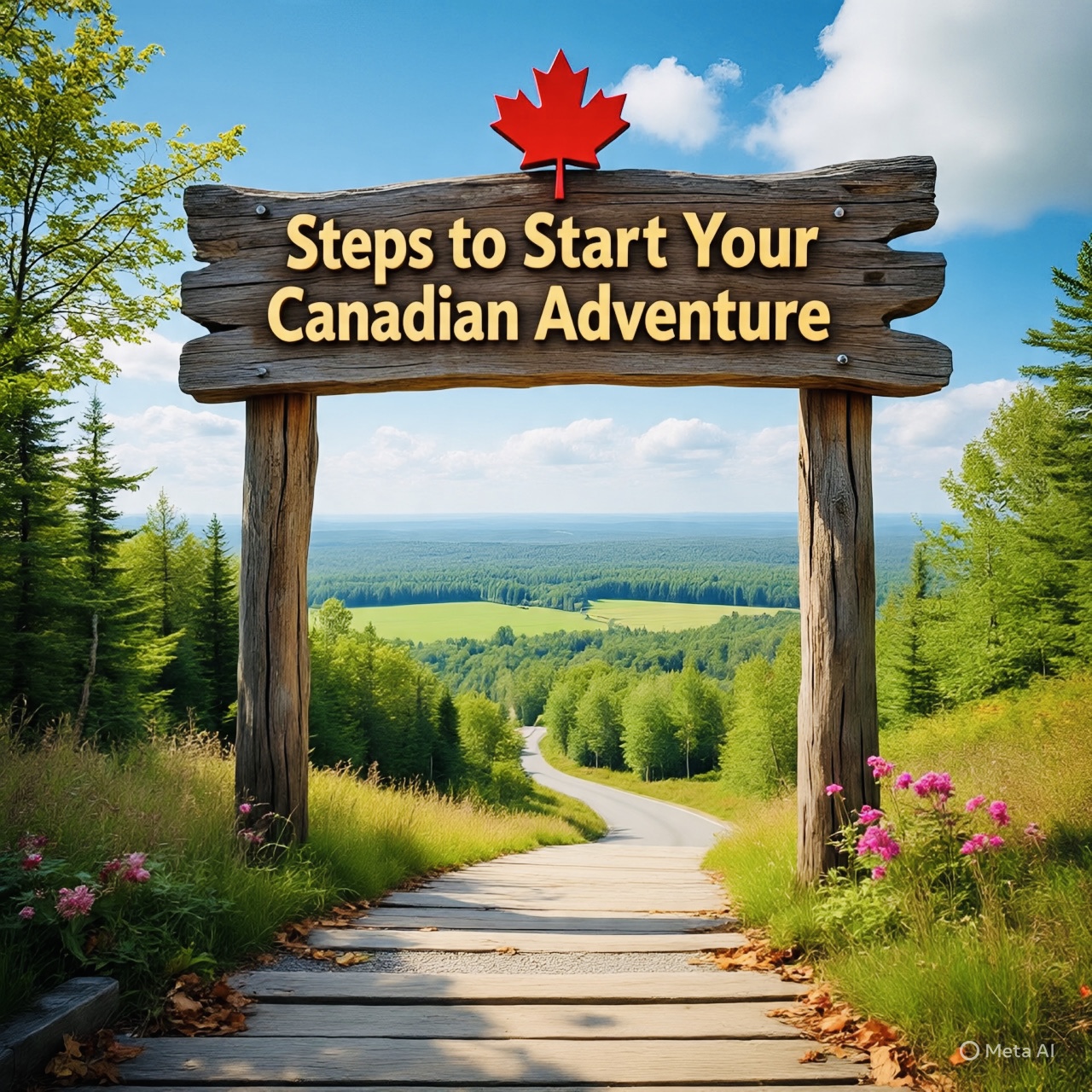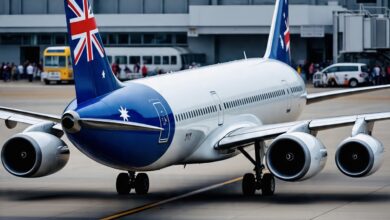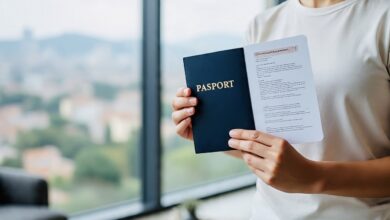Securing your Australian work and accommodation visa can be one of the most exciting experiences of your life, especially if you haven’t visited or worked in the country before.
But before you can start living the dream “Down Under,” you’ll have to deal with one of the most difficult aspects of relocating abroad: finding lodgings on a Working Holiday Visa.
I know it seems daunting. But rest assured, everyone goes through this rite of passage, and if approached methodically, it does not have to be a horror.
In this post, I’ll guide you through all the best practices for securing your Australian work and accommodation visa on a Working Holiday Visa (WHV) in Australia, from completing the necessary paperwork to researching various options, including Facebook groups, Airbnb, subletting opportunities, and even pet-sitting services.
Australia Work Visa Requirements
To apply for a work visa in Australia 🇦🇺, you must meet strict qualifying conditions. These requirements vary depending on the visa subclass, although some general criteria apply to most work visas.
Other requirements include the following:
How to Apply Working Visa in Australia
The following are the steps to apply for an Australian work visa:
1. Fill out the application form.
Once you have been hired in Australia, you must create an ImmiAccount online and complete the application form for the visa you want to apply for. This form must be completed correctly with all needed information.
If you are experiencing trouble filling out the form, you may visit the visa application facility and get help with your application.
2. Upload the relevant documents.
Make sure you follow the portal’s rules and scan and upload the essential papers online. Your original documents are not required until specifically asked.
You must make an appointment with the visa application center and go to the center nearest to you on the scheduled day.
Your biometric information (photos and fingerprints) will be captured at the center. If the date and time no longer work for you, you can reschedule your appointment.
You must pay all visa fees as determined by the visa application facility. Keep in mind that you must have paid the visa application cost online. In addition, the Australian work visa fees differ based on the kind of visa you have.
After you’ve submitted all of your papers, paid your fees, and given your biometric information, you may follow your application online.
You can do this after completing the online application by entering your Transaction Reference Number (TRN).
How to Apply for a Working Holiday visa in Australia
1. Choose the Right Working Holiday Visa
Before you apply for your working holiday, you must first choose the visa type appropriate for you. There are two visas.
Both of them will enable you to work in Australia, and you can extend your visa by doing some kind of job in remote sectors like agriculture or construction.
In preparing for a working visa in Australia, ensure you reserve enough money to put yourself in order when you arrive. Australia’s cost of living is high, especially in cities like Sydney and Melbourne. The normal cash to come with, which is part of your visa application process, is AUD 5,000.
In addition to the initial money demand, you should account for expenditures such as lodging, food, transportation, and recreational activities. While you will be able to work to pay for your travels, having a financial safety net will guarantee that you can meet expenses before finding work and throughout periods of unemployment.
You can’t sleep under the bridge when you arrive in Australia; therefore, planning your first few weeks’ accommodation before you arrive is a wise thing to do. There is a variety of lodging alternatives accessible to working vacationers, depending on your budget and choice. Below are some of them:
If you want to stay for a long period, it is important that you look at long-term lodging possibilities once you have arrived in Australia.
Working tourists in Australia can find a wide variety of career options. Whether you want to obtain experience in hospitality, retail, agriculture, or office jobs, there is something for everyone. To get oneself job-ready, take these steps:
If you wish to stay longer, you can extend your work holiday because you may qualify for a second- or third-year extension on your working holiday visa. This is an excellent chance to broaden your horizons while also acquiring useful professional experience.
Why Finding Accommodation on a Working Holiday Visa is Such a Big Deal
Before we go into the details, let’s discuss why housing is so stressful in the first place. You’re arriving in a new nation, potentially with no local references or rental history in Australia, so the typical checks may seem more onerous.
You also don’t know the suburbs, the typical cost, or the local idiosyncrasies.
1. Get Your Documentation in Order
This may seem obvious, but having your papers in order before looking for lodging on a Working Holiday Visa is critical. Especially if you want to create a good impression with landlords or rental agencies.
What you need
If you are going through a more official letting procedure (such as applying for a leased flat), you will want to have as much of this data as possible in PDF format.
This way, if you fall in love with a property, you may apply right away.
Let’s be honest: Australia may be expensive compared to many other nations. Rents in Sydney, Melbourne, and Brisbane are not known to be low; however, this varies by neighborhood.
Before you commit to your accommodation on a Working Holiday Visa, have a clear understanding of what you can comfortably spend.
See a guide to the cost of accommodations on a Working Holiday Visa:
3. Begin browsing early to get a feel for prices.
Even before you arrive in Australia, start looking at property listing sites to obtain a realistic feel of rentals and lodging options on a Working Holiday Visa.
Websites to Explore for Sourcing Accommodation on a Working Holiday Visa:
Use these resources to look at different suburbs in your chosen city—Sydney, Melbourne, Perth, or wherever you intend to establish yourself.
You’ll instantly see the typical rentals and property kinds available (shared homes, single flats, etc.).
This preliminary investigation allows you to adjust your budget and determine which regions may be most suitable for you.
4. Join Facebook groups in your area.
Facebook may feel out of date these days, but it’s quite handy for tourists looking for housing on a Working Holiday Visa.
You may also join organizations based on your hobbies, such as yoga in Bondi, digital nomads in Queensland, or student clubs if you’re attending lessons.
These communities frequently publish daily updates on rooms for rent, subletting opportunities, and those searching for a new flatmate.
5. Visit Before They Let You Sign
One big difference in Australia is that landlords or shared house tenants will often want to meet with you in person before finalizing any arrangements.
This isn’t only about assessing if you have the funds; it’s also about determining whether you’re a suitable fit.
6. Consider Using an Agency (For a Fee)
If the burden of home shopping and finding lodging on a Working Holiday Visa is too much, or you’re short on time, consider using a relocation or property-finding service.
These firms may determine your preferences, budget, and geographical needs before doing the effort for you, such as providing you with property recommendations or negotiating on your behalf.
7. Use Airbnb for Your First Few Weeks
Airbnb is a lifesaver for short-term stays as you adjust to your new surroundings and look for permanent housing on a Working Holiday Visa.
If you’re not sure which suburb you want to live in, or if you simply need somewhere to stay while attending inspections, Airbnb provides flexibility.
8. Subletting Accommodation on a Working Holiday Visa in Australia.
Australia, particularly the larger cities, has a robust subletting scene.
People who travel for a few weeks or months may rent out their rooms on a short-term basis, which is excellent if you’re flexible and don’t want to commit to a long lease.
9. Pet sitting in exchange for free accommodation on a working holiday visa.
Pet sitting or home sitting is a rather unorthodox way. Many Australians go on vacation and do not want to leave their dogs alone or pay high kennel/cattery costs, so they hunt for reliable sitters to stay at their house.
Planning your working holiday and accommodation visa in Australia requires careful consideration, but the benefits are worthwhile. Following these procedures, from obtaining the appropriate visa to locating a job and housing, will prepare you for a wonderful experience. A working holiday in Australia is a voyage that will leave you with memorable memories, whether you’re searching for adventure, learning new skills, or simply experiencing life down under.





